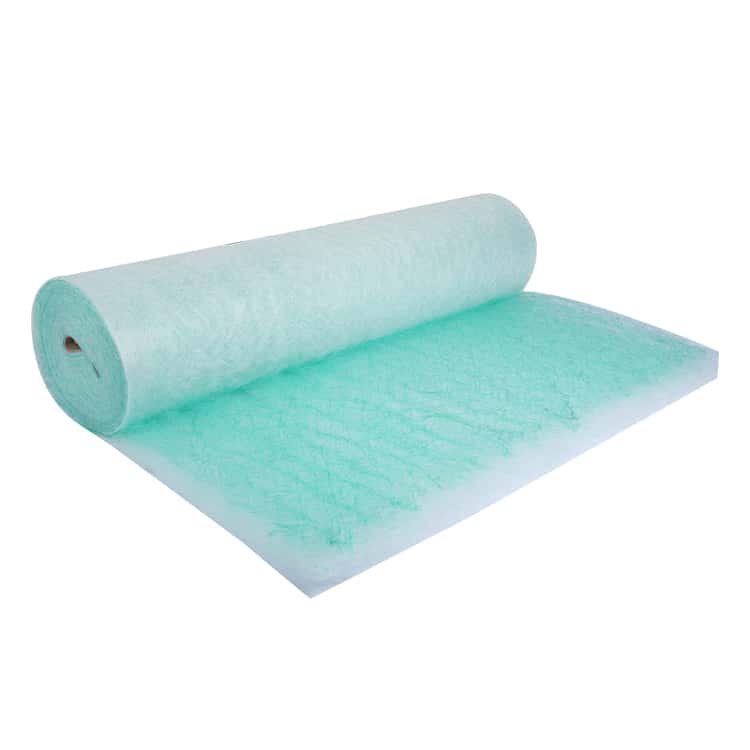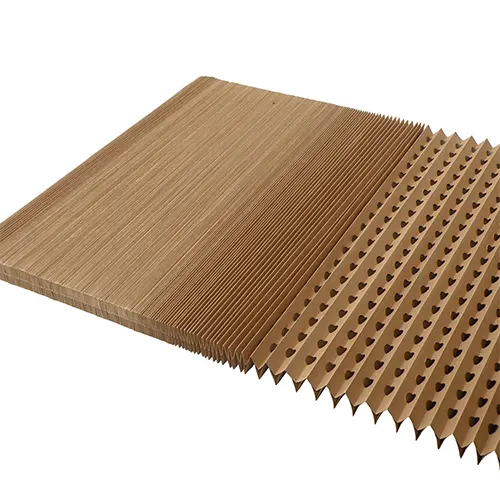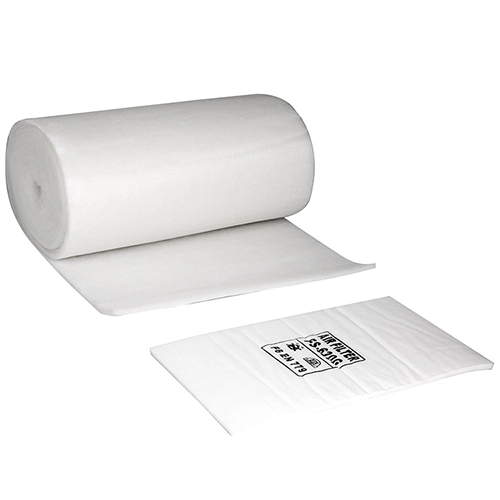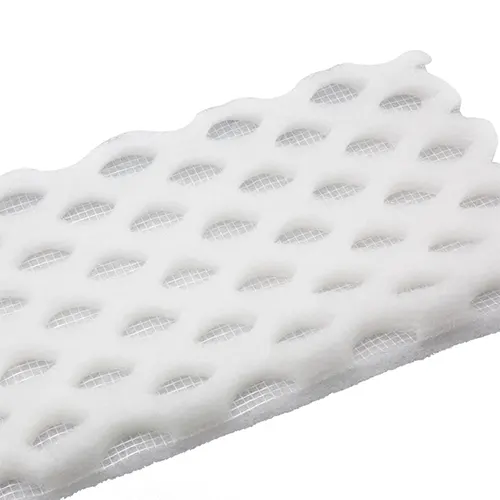How to Save Money on Paint Booth Filter Costs
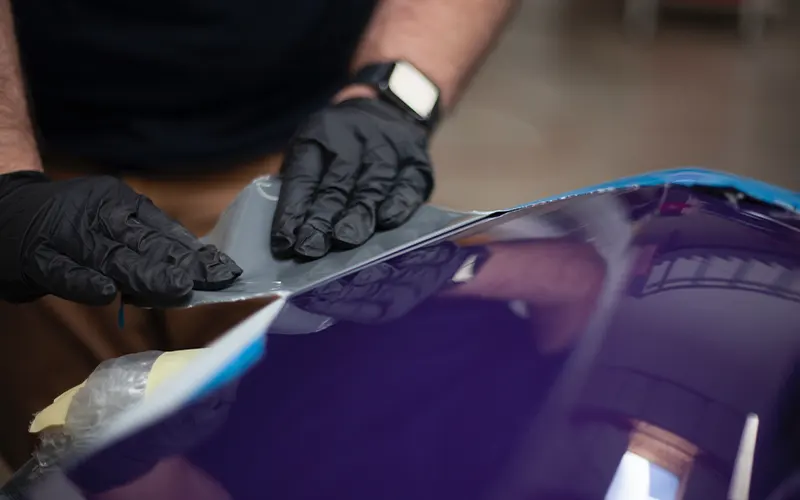 Photo by ClarityCoat
Photo by ClarityCoat
Dust, dirt, and other airborne particles can settle on the surface being painted, leading to imperfections and blemishes in the finish, such as rough spots, uneven texture, or visible specks.
Paint booth filters are vital components in achieving impeccable finishes in painting applications. They are crucial in capturing overspray and airborne particles, preventing contamination, and ensuring a high-quality paint job.
However, quality paint booth filters can be expensive. Frequent maintenance and improper replacement schedules can also significantly impact your budget.
When to Change Paint Booth Filters
Before we get into how to cut down the cost, there is a very common question to be answered: how to know when to replace the filter?
Generally, it is recommended that you change paint booth filters every six months. However, the specific frequency of filter replacement will depend on the type of filters, usage intensity, and air condition.
Signs for Replacement
1. Pressure drop
As the filter captures airborne particles, it becomes increasingly clogged, leading to a higher pressure drop. Refer to the manufacturer’s recommended pressure drop limit to determine if it’s time to replace the filter.
2. Reduced Airflow
A clogged filter can cause a decrease in airflow or ventilation inside the paint booth.
3. Odor or Fumes
It can be an indicator that the filter is no longer functioning effectively if strong odors or fumes are constantly detected in the spray paint booth.
4. Visual Inspection
It’s likely reaching the end of filter service life if you notice a significant accumulation of contaminants on the surface of the filter.
Ways of Reducing Spray Paint Booth Filter Expenses
A. Filter Maintenance Practices
A reasonable air filter maintenance and replacement schedule can help to ensure the filters function effectively while maintaining an excellent paint booth indoor air quality.
Creating a regular maintenance practice schedule for paint booth air filters is crucial to ensure the filters function effectively and maintain a clean and safe environment.
Here’s a step-by-step guide to making the schedule:
1. Determine Filter Type and Specifications
Identify the type of air filters used in the paint booth, such as high-efficiency particulate air (HEPA) filters, pleated filters, or activated carbon filters. Note down their specifications, including dimensions and recommended replacement intervals.
2. Assess Paint Booth Usage
Consider the frequency and duration of paint booth usage. High-volume paint booths may require more frequent filter replacements compared to low-volume ones.
3. Monitor Air Quality
Implement air quality measurements to determine the efficiency of the filters and assess whether they need replacement sooner than the recommended schedule.
4. Filter Inspection
Schedule regular inspections of the filters to check for signs of clogging, damage, or excessive particle buildup. Inspections can be done weekly or monthly, depending on the paint booth’s usage.
5. Pressure Drop Measurements
Measure the pressure drop across the air filters regularly.
6. Establish Filter Replacement Intervals
Based on the manufacturer’s recommendations and inspection results, determine the appropriate filter replacement intervals for each type of filter.
B. Proper Usage
Efficient airflow is a critical factor in achieving optimal performance in a paint booth. To prolong the life of your paint booth filters, it’s essential to adjust the ventilation settings according to your specific painting requirements and spray booth usage.
Properly managing airflow ensures that the filters are operating at their most effective capacity while maintaining a clean and contaminant-free environment.
Ventilation Settings
Understand the airflow requirements for different painting tasks and adjust the ventilation settings accordingly. Consider factors such as the type of paint being used, the size of the painted objects, and the drying time required. By optimizing ventilation, you can reduce the strain on the filters and enhance their overall efficiency.
Filter Installation
Properly install the filters in their designated locations within the paint booth. Ensure a snug fit and secure positioning to prevent any gaps or air bypass. Any gaps or improperly fitted filters can lead to contaminated air entering the booth, reducing the effectiveness of the filters. Don’t forget to regularly inspect the seals around the filter frames and booth access points.
C. Balancing Efficiency and Budget
When it comes to selecting air filters for your paint booth, finding the perfect balance between filter efficiency and budget is crucial. While high-efficiency filters offer exceptional performance, they can sometimes come with a higher price tag.
On the other hand, opting for lower-cost filters might save money initially, but it could compromise air quality and potentially lead to increased filter replacement frequency.
1. Assess Painting Needs
Understand the nature of your painting operations and the specific contaminants you need to capture. Different painting applications may require different levels of filtration efficiency. Assess the type of particles generated during painting, such as overspray, dust, or fumes, and identify the filter efficiency needed to capture them effectively.
2. Booth Usage
Evaluate the frequency of booth usage and the volume of painting work. For facilities with heavy painting demands, higher efficiency filters may be more suitable, as they can handle larger particle loads and last longer before requiring replacement.
3. Filter Efficiency Ratings
Filters are often categorized by their efficiency ratings, such as MERV (Minimum Efficiency Reporting Value) or HEPA (High-Efficiency Particulate Air). Higher MERV or HEPA filters provide superior filtration capabilities but may be costlier. Consider the balance between filtration performance and the budget available.
4. Filter Longevity
Look for filters with extended lifespan capabilities. Longer-lasting filters can reduce the frequency of replacements, leading to cost savings in the long run.
Conclusion
Saving money on paint booth filter costs doesn’t mean compromising air quality or paint job excellence. By implementing these practical tips and cost-saving strategies, you can maintain a budget-friendly yet highly effective air filtration system.
Prioritizing cost-saving measures will not only lead to financial benefits but also optimize your paint booth operations. A well-maintained and efficient air filtration system contributes to a successful painting process and enhances the overall productivity of your paint booth.
